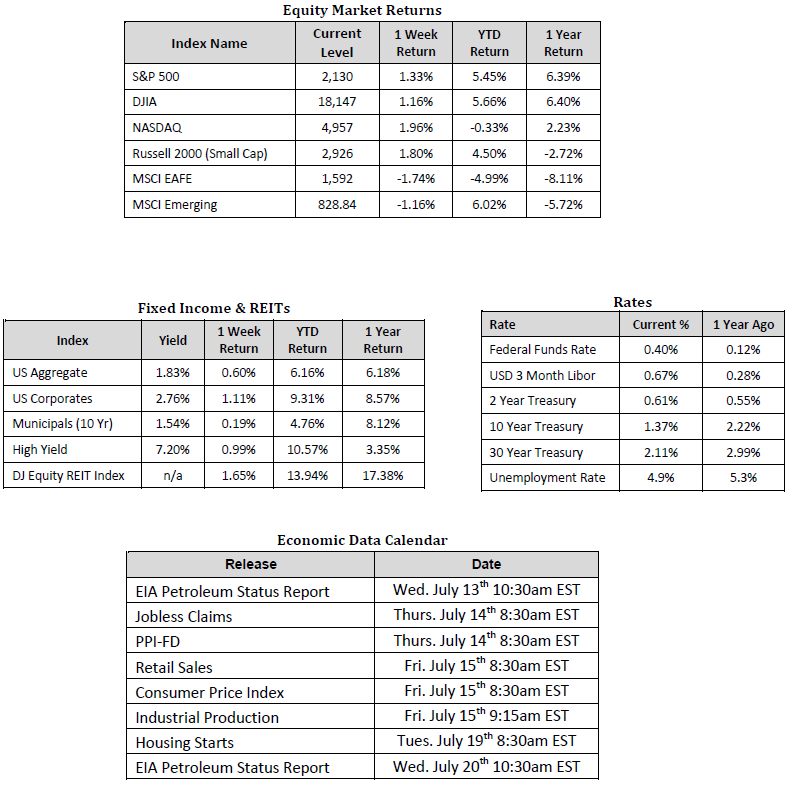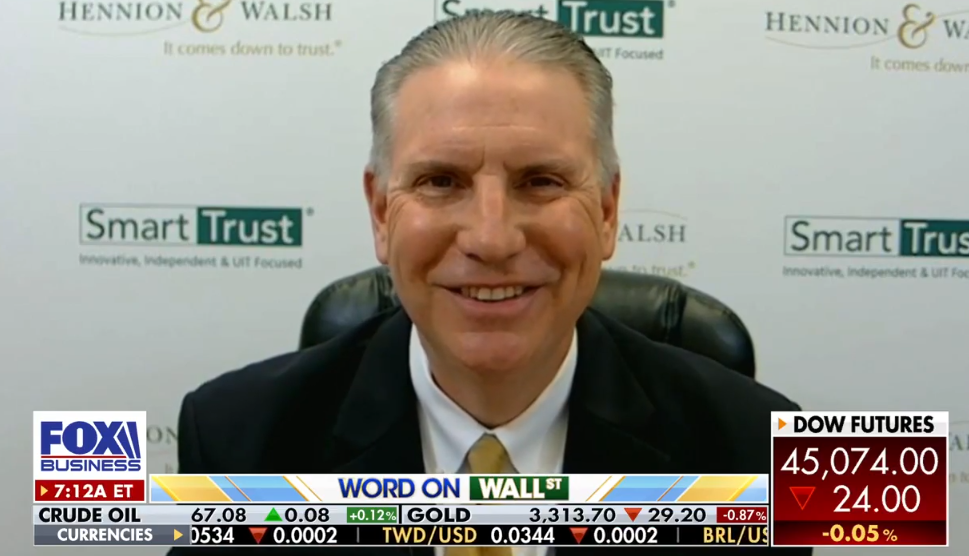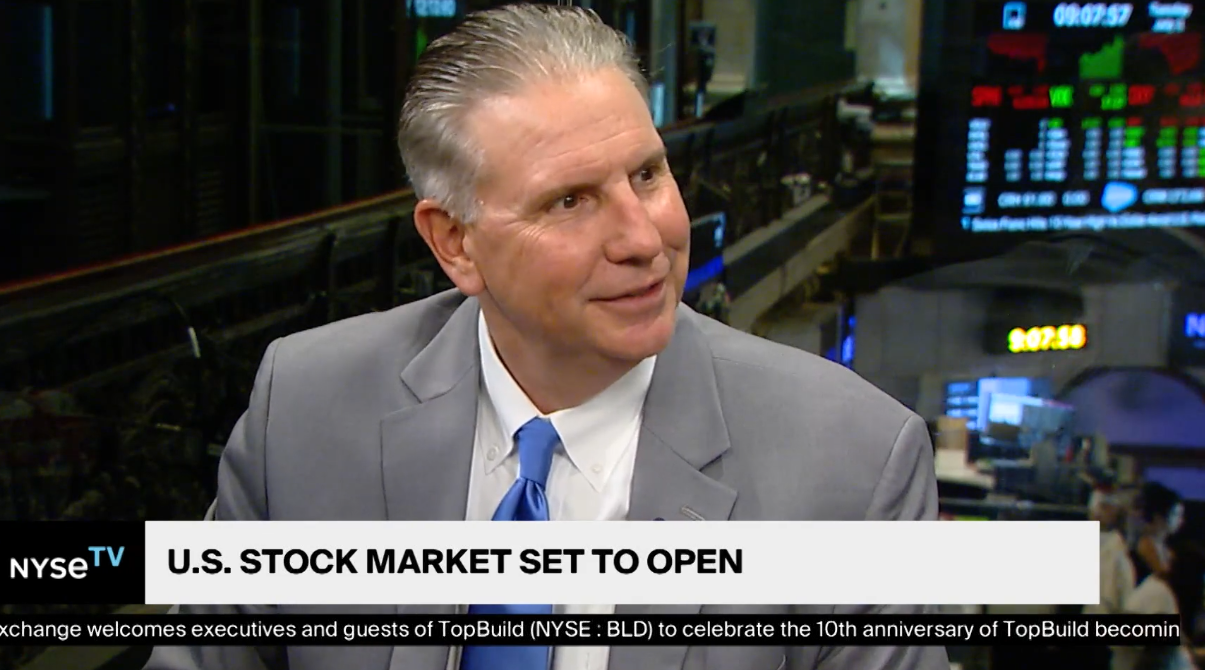
S&P 500 Index Hits Record High as Q2 Earnings Season Kicks Off
Market Overview

Sources: Equity Market, Fixed Income and REIT returns from JP Morgan as of 07/8/16. Rates and Economic Calendar Data from Bloomberg as of 07/11/16.
Happening Now
The S&P 500 Index finished last week up 1.33%, pushing its year-to-date (YTD) return to 5.45%, just shy of the all-time high of 2130.82 set on May 21, 2015. Following this, a new all-time high of 2137.16 was set on Monday 7/11/2016. The length of time between these record highs was 288 trading days, by far the longest of the current secular bull market that began in 2009. For context, consider that the average length between record highs, following a down turn of 5% or more, over this same time period, was only 90 days.
On the international front, uncertainties have kept investors cautious. Last week, developed international stocks, as measured by the MSCI EAFE Index, lost 1.74% and the MSCI Emerging Markets Index dropped 1.16%. Closer ties to the U.K. and a less stable economy relative to the U.S. have weighed on many European markets. We continue to believe, however, that the low valuations of many of these countries and loose monetary policy of their associated central banks provide an attractive investment opportunity that should bear fruit over the intermediate term.
The U.S. stock market was the benefactor of the positive jobs report that was released on Friday. The Employment Situation report showed that 287,000 jobs were added in June, a welcome sign considering May’s report showed only 11,000 new jobs created and led to questions about the stability of the ongoing U.S. economic recovery. Positive economic data, record low interest rates, and a low probability for a Fed Rate hike at the next meeting, have seemingly fueled investor appetite for stocks. We remain cautious, however, as we expect volatility to remain elevated given the many uncertainties that persist across the globe.
One of the uncertainties that will soon be addressed is how U.S. companies fared in the second quarter of 2016. As it is each quarter, earnings season was unofficially kicked off Monday with Alcoa reporting better than expected results. Despite this optimism, earnings are expected to contract 5.6% this quarter relative to 2015, down from an expected drop of 2.8% as of the end of March. Should earnings continue to come in above forecast, additional gains in the stock market can be expected. The forward price-to-earnings ratio of the S&P 500 Index stands at approximately 16.6, above the 10 year average 14.3. Absent offsetting higher prices, higher earnings would help lower this ratio and perhaps entice new entrants who have been waiting for more attractive valuations.
We believe that investors with a balanced and diversified portfolio should continue to fare well in 2016 and over the intermediate term.
Important Information and Disclaimers
Disclosures: Hennion & Walsh is the sponsor of SmartTrust® Unit Investment Trusts (UITs). For more information on SmartTrust® UITs, please visit www.smarttrustuit.com. The overview above is for informational purposes and is not an offer to sell or a solicitation of an offer to buy any SmartTrust® UITs. Investors should consider the Trust’s investment objective, risks, charges and expenses carefully before investing. The prospectus contains this and other information relevant to an investment in the Trust and investors should read the prospectus carefully before they invest.
Investing in foreign securities presents certain risks not associated with domestic investments, such as currency fluctuation, political and economic instability, and different accounting standards. This may result in greater share price volatility. These risks are heightened in emerging markets.
There are special risks associated with an investment in real estate, including credit risk, interest rate fluctuations and the impact of varied economic conditions. Distributions from REIT investments are taxed at the owner’s tax bracket.
The prices of small company and mid cap stocks are generally more volatile than large company stocks. They often involve higher risks because smaller companies may lack the management expertise, financial resources, product diversification and competitive strengths to endure adverse economic conditions.
Investing in commodities is not suitable for all investors. Exposure to the commodities markets may subject an investment to greater share price volatility than an investment in traditional equity or debt securities. Investments in commodities may be affected by changes in overall market movements, commodity index volatility, changes in interest rates or factors affecting a particular industry or commodity.
Products that invest in commodities may employ more complex strategies which may expose investors to additional risks.
Investing in fixed income securities involves certain risks such as market risk if sold prior to maturity and credit risk especially if investing in high yield bonds, which have lower ratings and are subject to greater volatility. All fixed income investments may be worth less than original cost upon redemption or maturity. Bond Prices fluctuate inversely to changes in interest rates. Therefore, a general rise in interest rates can result in the decline of the value of your investment.
Definitions
MSCI- EAFE: The Morgan Stanley Capital International Europe, Australasia and Far East Index, a free float-adjusted market capitalization index that is designed to measure developed-market equity performance, excluding the United States and Canada.
MSCI-Emerging Markets: The Morgan Stanley Capital International Emerging Market Index, is a free float-adjusted market capitalization index that is designed to measure the performance of global emerging markets of about 25 emerging economies.
Russell 3000: The Russell 3000 measures the performance of the 3000 largest US companies based on total market capitalization and represents about 98% of the investible US Equity market.
ML BOFA US Corp Mstr [Merill Lynch US Corporate Master]: The Merrill Lynch Corporate Master Market Index is a statistical composite tracking the performance of the entire US corporate bond market over time.
ML Muni Master [Merill Lynch US Corporate Master]: The Merrill Lynch Municipal Bond Master Index is a broad measure of the municipal fixed income market.
Investors cannot directly purchase any index.
LIBOR, London Interbank Offered Rate, is the rate of interest at which banks offer to lend money to one another in the wholesale money markets in London.
The Dow Jones Industrial Average is an unweighted index of 30 “blue-chip” industrial U.S. stocks.
The S&P Midcap 400 Index is a capitalization-weighted index measuring the performance of the mid-range sector of the U.S. stock market, and represents approximately 7% of the total market value of U.S. equities. Companies in the Index fall between S&P 500 Index and the S&P SmallCap 600 Index in size: between $1-4 billion.
DJ Equity REIT Index represents all publicly traded real estate investment trusts in the Dow Jones U.S. stock universe classified as Equity REITs according to the S&P Dow Jones Indices REIT Industry Classification Hierarchy. These companies are REITSs that primarily own and operate income-producing real estate.



